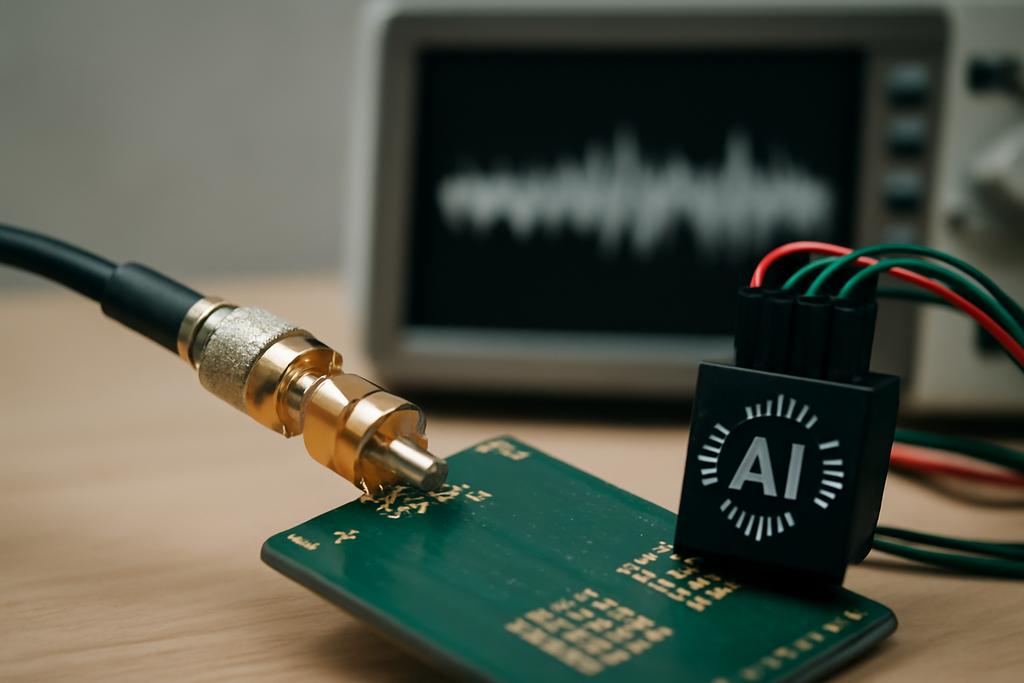Entropy is the secret sauce of secure computing. It’s the unpredictable spice that makes cryptographic keys hard to guess and simulations believable. In the real world, though, harvesting high-quality randomness is surprisingly hard, especially on tiny devices that live on the edge of the network. The usual suspects—quantum devices, elaborate RF receivers, or lab-grade hardware—are pricey, bulky, and simply overkill for many devices that power your wearables, thermostats, or industrial sensors. This is why a recent study from Muğla Sıtkı Koçman University in Turkey, led by Hasan Yiğit, is turning heads. The researchers propose a compact, software-first approach that can squeeze near-uniform entropy directly from everyday physical noise and CPU jitter, with a footprint small enough to fit on a microcontroller.
What makes this work compelling is not just the claim of “no bulky hardware” but a concrete architecture that blends artificial intelligence with a layered training regime. The idea is to start from a tiny seed of real randomness—think RF hum picked up by a cheap front end and the capricious jitter of a running CPU—and then let a kernel-based hybrid neural system tease out the distortions and biases that creep into any physical signal. The result is a stream of 32-bit numbers that behave like true randomness, without the traditional bottlenecks of hardware RNGs. The team’s goal is clear: to broaden the reach of high-integrity randomness so editors, hardware designers, and security engineers can rely on portable, secure seeds rather than bespoke equipment.
In an era where devices everywhere talk to each other, the demand for trustworthy randomness has never been higher. Keys must be fresh, unpredictable, and resistant to clever attacks that try to peek into a system’s future outputs. If a seed leaks or if the entropy source is biased, a cryptographic system can be compromised in subtle but devastating ways. Yiğit and colleagues show that by combining a minimal physical seed with a learning-based extractor, you can preserve the underlying entropy, reduce biases, and produce numbers that pass rigorous statistical tests designed for cryptographic security. The study’s essence isn’t about replacing hardware RNGs with AI; it’s about decoupling randomness quality from hardware constraints so even low-cost devices can participate in modern secure architectures.










